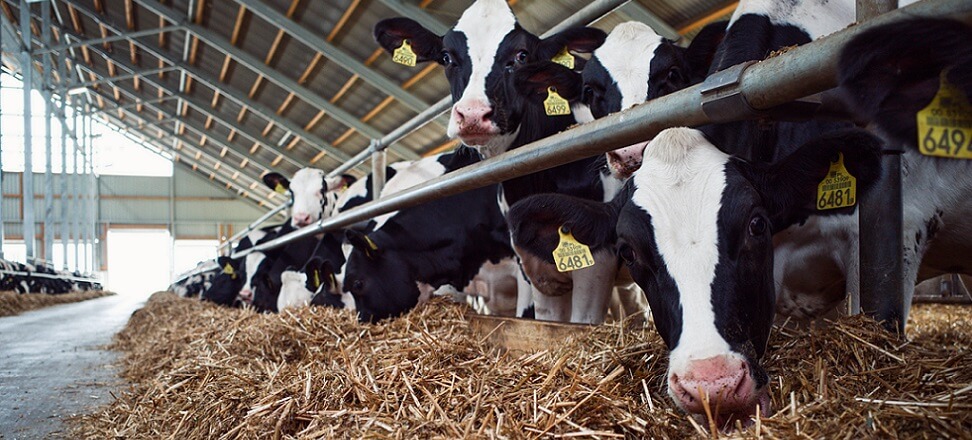Conducting agricultural management, both in terms of livestock and crop production, requires controlling the amount of nitrogen produced and consumed. This is a key action for minimizing losses, but also for properly balancing fertilization and providing plants with the right doses of nutrients. Maximum reduction of nutrient losses to the environment, during agricultural production, is the basis for reducing pressure from this sector on water.
The update of the nitrate program introduces additions and changes some of the data on the unit loads of nitrogen excreted by individual species and technological groups of animals and taken up by plants. These updates are primarily due to changes in the conduct of agricultural production. New technologies are emerging, changing climatic conditions, triggering the need to adapt agricultural production to new conditions. Agriculture is one of the most sensitive sectors of the economy to climate change, so the update work undertaken is also an adaptation to the changes taking place.
Nitrate program – what’s new for livestock production?
The verification of the nitrate program in this regard included an analysis of fertilizer production rates and the nitrogen contained in them. Changes have been made to the average content of nitrogen compounds in livestock feces, to the average annual production rates of natural fertilizers by these animals, and the DJP coefficients for new livestock species have been determined. The work was based on revised baseline data for calculating the amount of nitrogen loading in natural fertilizers obtained from domestic livestock farming, taking into account technological and production changes on farms.
The revision and update of data on the average annual production of manure and the concentration of nitrogen contained therein made changes to the technological groups for pigs and cattle, additionally indicated this information for animal species previously not included in the annex (buffalo, donkeys, mules, alpacas, llamas), determined and corrected the values of indicators for the part of animals kept in the open system and in the deep litter, and included indications for the calculation method for the semi-open system. In addition, the records have been unified in terms of the division of some species into technology groups (for mules, donkeys and buffaloes). DJP values for pig technology groups were also clarified and adjusted, and coefficients for llamas and alpacas were introduced.
What changes are planned for crop production?
The subject of the work in this area was to verify and update the method of calculating nitrogen fertilizer doses that ensure maximum uptake of this nutrient by plants.
The permissible amount of annual application of natural fertilizers used for agricultural purposes – 170 kg of nitrogen in pure component per hectare of agricultural land – remained unchanged.
Updated data on unit nitrogen uptake for crop types, based on the latest research results on the demand of individual crop species, indicated that some crops underestimated or overestimated their unit uptake. Nitrogen rates were verified for corn grown for green pulp, sunflower (seed), fiber hemp, oil and fiber flax, cabbage, asparagus. Some of the changes made are very significant, such as changing the intake value from 25 kg of N per ton of product to 3.5 kg for asparagus, or from 49.5 kg to 9.5 for fiber flax. In addition, the uptake values of permanent grassland sward were supplemented.
The need to include faba bean crops in the preparation of a simplified nitrogen balance was dropped. The rationale for this solution is that this group of plants is self-sufficient in supplying nitrogen thanks to symbiosis with bacteria of the genus Rhizobium. The reasonableness of a possible starter nitrogen dose for these crops should not be presented in terms of unit uptake per unit of yield produced, hence the inclusion of plants from this family in the list used to count maximum nitrogen fertilizer doses was completely abandoned.
Current data on the efficiency of nitrogen use after faba bean crops formed the basis for verifying the unit values of nitrogen in action remaining in the soil after cultivation of these crops. So far, the recommended values turned out to be overestimated, so they were revised, while the whole thing was simplified by reducing the number of distinguished types of forecrops of bean crops.
The nitrate program also introduces new elements important for balancing fertilization, namely. fertilizer equivalents for wastewater and sewage sludge, and details information on mineral nitrogen reserves in the soil during the spring.
The authors of the work recommend further analysis and research work aimed at determining the doses of mineral fertilizers applied to grasslands and possibly revising them for field crops.

 Polski
Polski






